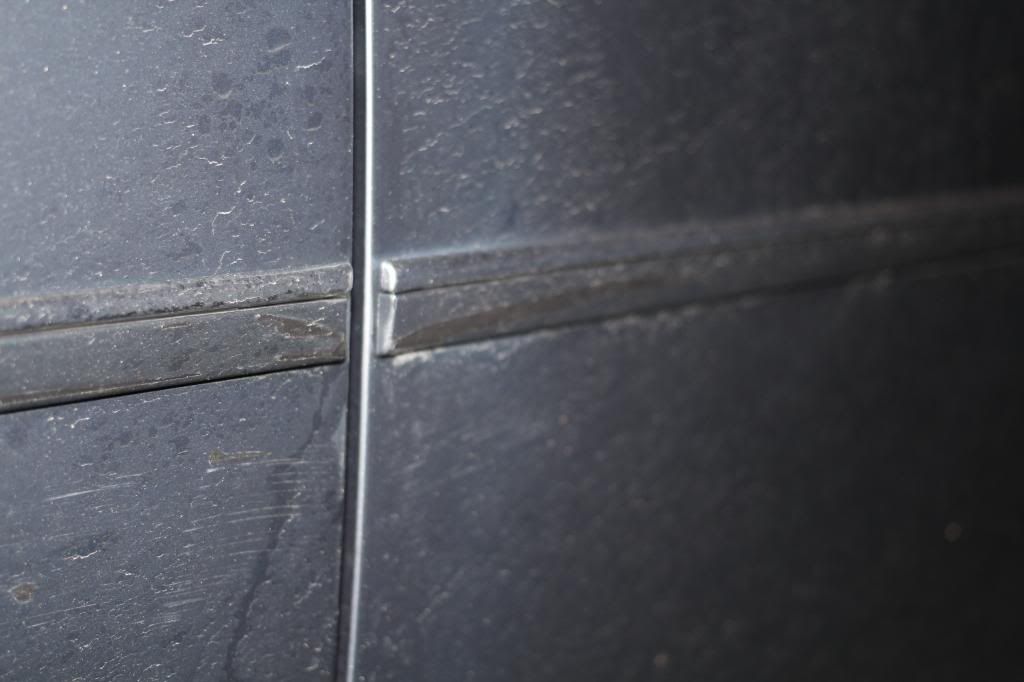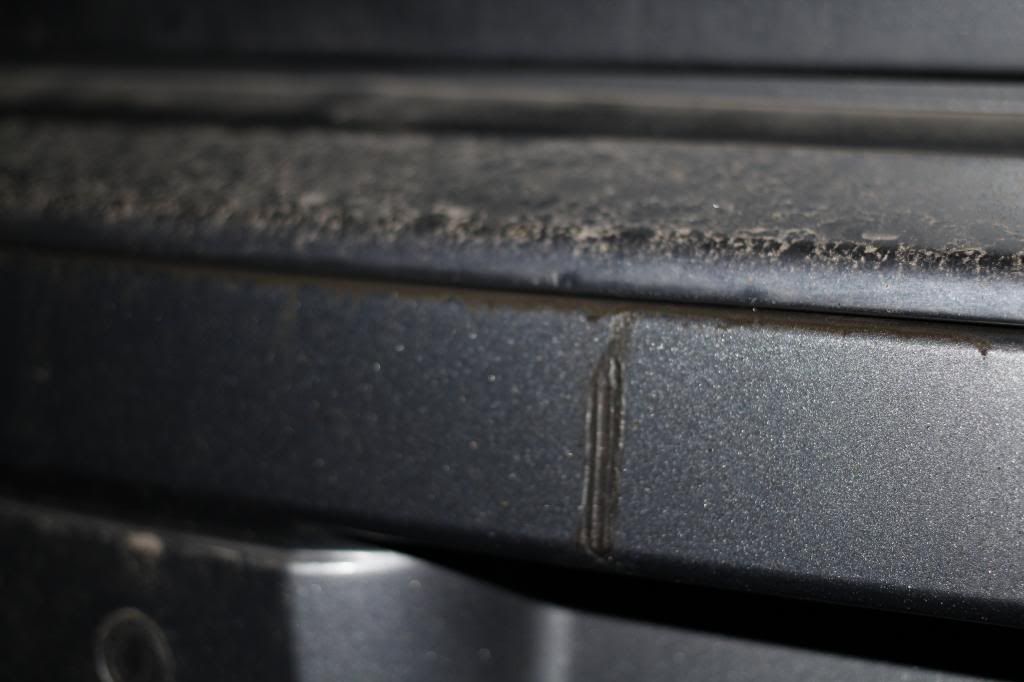Working on my brother's 2006 300c and there are a lot of deep scratches.
The paint color seems slightly different than the original paint. However, I have yet to compound and polish it. I was thinking of fixing the scratches before I do all that.
Should I buy touch up paint in the oem paint color or go to a shop and match the paint to what it is now?
The paint color seems slightly different than the original paint. However, I have yet to compound and polish it. I was thinking of fixing the scratches before I do all that.
Should I buy touch up paint in the oem paint color or go to a shop and match the paint to what it is now?


